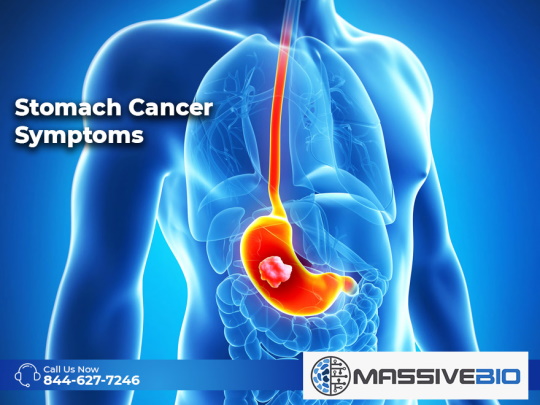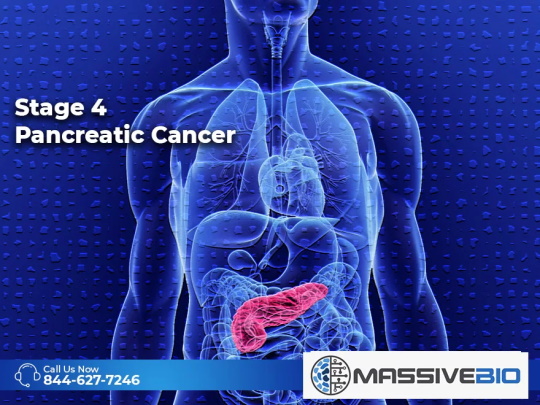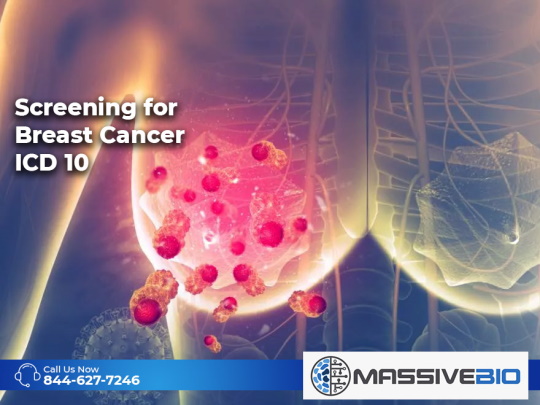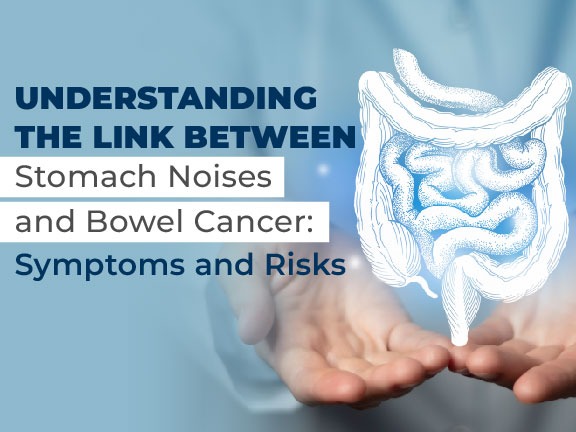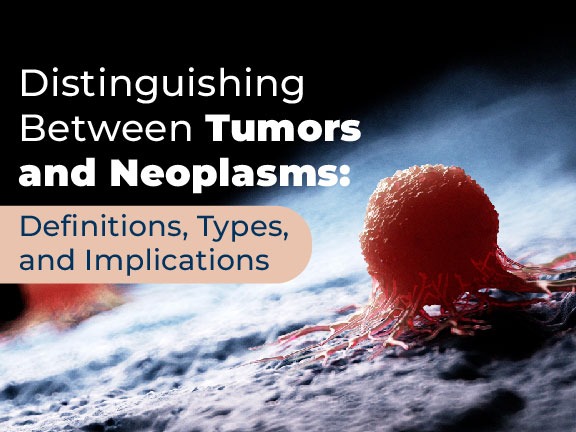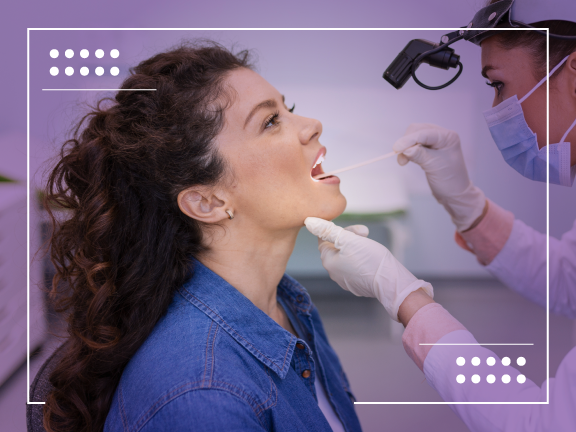Stomach cancer, also known as gastric cancer, effects each person differently regarding symptoms. However, there are some commonalities observed in the majority of patients.
Stomach Cancer Symptoms and common patient complaints are:
- Nutritional deterioration and unintentional weight loss
- Sudden loss of appetite
- Cancerous tissues located in the upper parts of the stomach causing difficulty in swallowing
- Cancerous tissues located in the lower parts of the stomach causing nausea and vomiting
- Heartburn or indigestion
- Feeling of fullness in the upper abdomen and bloating
- Bloody stool and vomiting with or without blood are symptoms in advanced stages
The symptoms listed above may not always indicate stomach cancer. These symptoms are not enough to make a definitive diagnosis. The symptoms shown by the patients should be supported by physical examination findings and various tests by your doctor.
Stomach Cancer Risk Factors
There are some factors that should be taken into account when observing stomach cancer symptoms. Certain factors have been observed to play a role in the emergence of the disease, they include:
- High consumption of salty, smoked, pickled, or dried fish and other foods
- Previous stomach surgery
- Chemical exposure from coal, metal, or rubber industries
- Smoking
- Helicobacter pylori infection
- Family history of stomach cancer
- Genetic inheritance of certain disorders or mutations
- Advanced age
These can be considered the main risk factors causing stomach cancer.
Diagnosis Process in Stomach Cancer
In stomach cancer, as in other types of cancer, early diagnosis is of great importance for the success of treatment. For this reason, individuals who have stomach problems and suffer symptoms should follow up with an endoscopy from your doctor or a specialist.
In an endoscopy, the doctor observes the esophagus, stomach, and outer layers of the small intestine through a long tube with an illuminated camera system at the end. If there are abnormalities in the observed areas, a biopsy is taken for a definitive diagnosis. Proper use of the endoscopy allows doctors to catch the disease at an early stage. In addition to an endoscopy, contrast-enhanced graphics and a computed tomography (CT scan) are among the other important diagnostic methods that allow doctors to confirm the diagnosis of stomach cancer.
Additional tests are needed to determine the stage of stomach cancer and to determine whether it has spread to other organs. These tests are also necessary to determine the most appropriate treatment for the patient. The computed tomography determines the size and location of the stomach cancer, while laparoscopy, MRI, PET-CT, kidney ultrasound, or chest X-rays can be applied to determine whether the cancer has spread.



